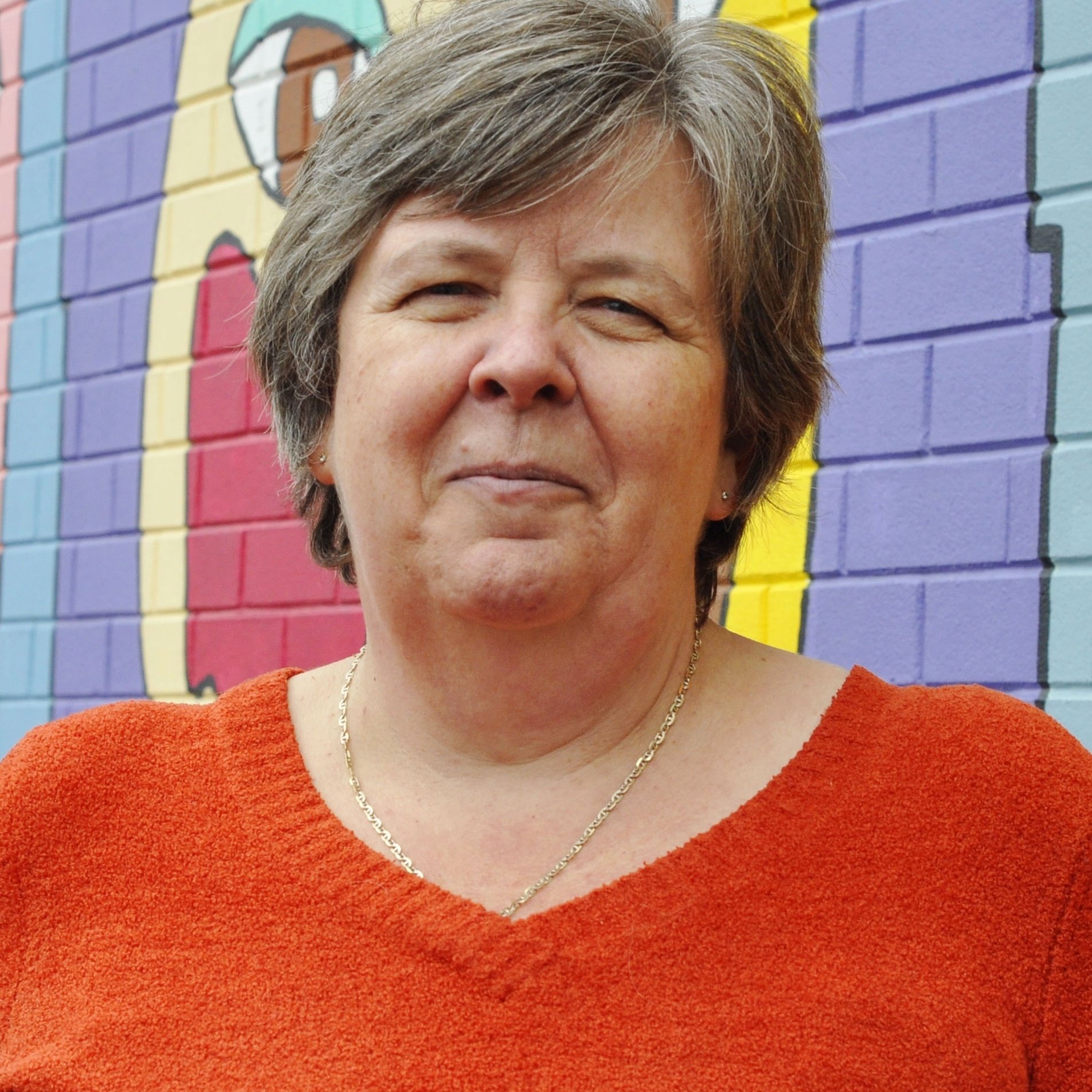 I recently received an email question from a colleague curious about the different approaches identified in the Asset-Based Community Development (ABCD) and collective impact frameworks. They commented that ABCD seemed to be more grassroots driven while collective impact seemed to be more top down driven. This question led me to consider our approach at Tamarack to understanding and incorporating different organizing frameworks into our thinking and training. I thought I would share my response with everyone.
I recently received an email question from a colleague curious about the different approaches identified in the Asset-Based Community Development (ABCD) and collective impact frameworks. They commented that ABCD seemed to be more grassroots driven while collective impact seemed to be more top down driven. This question led me to consider our approach at Tamarack to understanding and incorporating different organizing frameworks into our thinking and training. I thought I would share my response with everyone.
At Tamarack, we have been influenced by a number of sources and believe that any type of community change needs to consider as foundational (a) the context of the community, (b) its readiness to adopt a mechanism for change (Asset-Based Community Development, collaboration, community economic development, neighbourhood revitalization, Collective Impact, etc.) and (c) the complexity of the issue it is trying to move.
Not every community or issue is appropriate or ready for a collective impact approach. That being said, at Tamarack, we believe that Collective Impact has and does have an impact when applied with intention and inclusion of all voices. It is ultimately about building a community movement for change which is what we advocated for in Collective Impact 3.0. If the Collective Impact leadership table is only inwardly facing and does not include the voices of individuals with lived and living experience, it will be significantly more challenging to achieve impact. Individuals with lived and living experience (we call them Context Experts) bring the knowledge and wisdom of how the system is working against them and how they are navigating it despite its flaws. This is crucial information for collective impact efforts.
Another important but complementary distinction between ABCD and Collective Impact is the recognition and incorporation of the importance of including a systems-change lens and strategy in the work. Many successful and high-impact Collective Impact efforts engage people in considering opportunities to move beyond programmatic solutions and better alignment between them. They also consider how to work together to change unintentional barriers and limitations created by policies, and identify opportunities where shared experimentation are needed to reveal new innovations.
ABCD, with its strengths-based focus and emphasis not solely what needs to change but on what is possible, contributes a very valuable mindset to the work of systems change, and its recognition of the power and resource that “ordinary people” contribute to community change efforts, is also helpful embedding a sense of movement-building to this work which is highly valuable in the identification and addressing of of systems-change strategies.
More recently, we have been advocating for human-centred design approaches to become more relevant to collective impact efforts to better understand the challenges and opportunities of the issue. Being informed by Context Experts enables the human-centred design process.
Collective Impact is useful when it is helping to moving the needle on a community issue. In the same way, a community engagement or development approaches is the correct one when it is helping solve a complex issue. There is no one correct approach. But core to Collective Impact should be the inclusion of lived and living experience, their wisdom and perspectives need to be at the table and inform the work. This is where Collective Impact can and should draw from other frameworks like Asset-Based Community Development.
At Tamarack, our experience has taught us that all frameworks have efficacy, but context, complexity, and readiness must be considered prior to application. I hope this is helpful and clarifies our approach at Tamarack.
I would love to hear your perspectives about this important question of which approach or framework and when. Let’s not wait at the intersection of ABCD and collective impact, let’s move forward in the journey.
Learn More:
- Join us at ABCD: Healthy Neighbourhoods, Healthy Cities taking place May 28-30 in Edmonton, AB
- Read Collective Impact 3.0 to learn more about the development and application of Collective Impact
- Read The Context Experts to understand the contribution of community members.
- Read 10 – Engaging People with Lived/Living Experience
- Interested in Community Engagement? Join us for Citizens at the Centre: A Community Engagement Thought Leader Series travelling to Halifax, Ottawa, Toronto, Calgary, and Vancouver May 1-7





